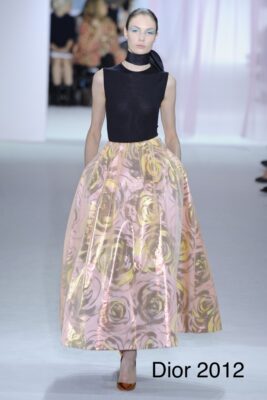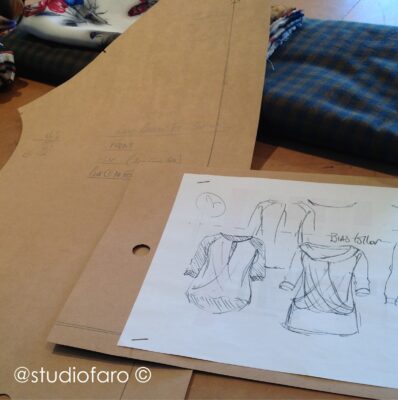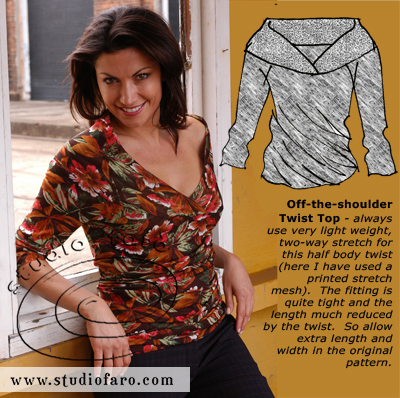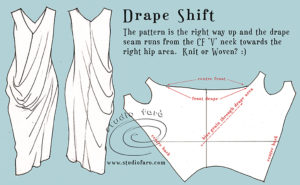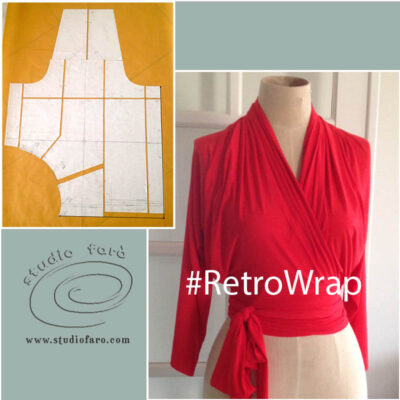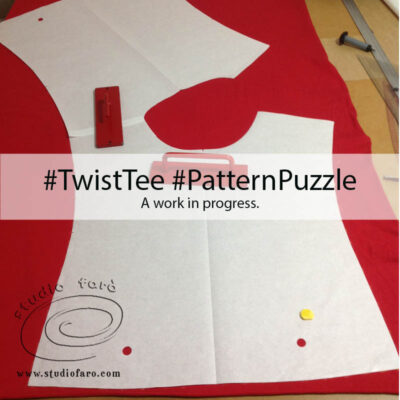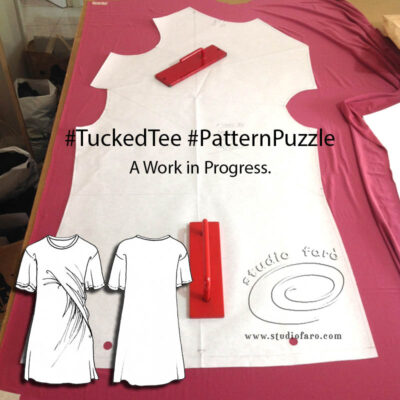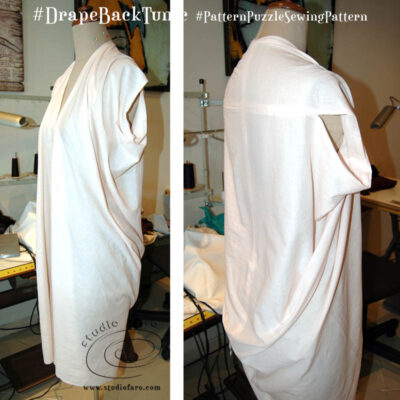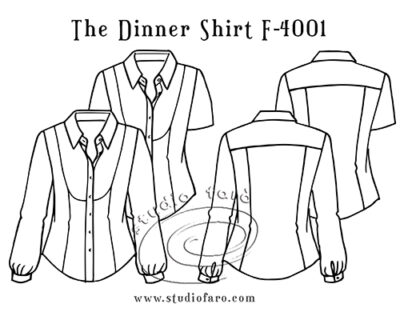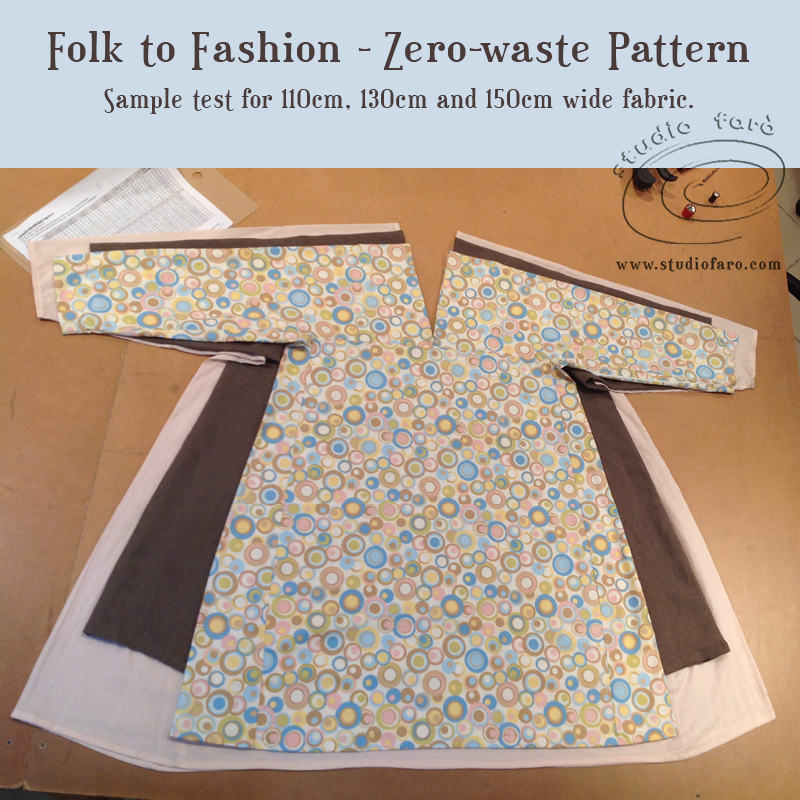14 Feb About my Dior Dress
It all began when I came across this fabulous Dior Dress from 2012, and decided it was the perfect idea for a classic dress design. Imagine a stretch bodice, that fits easily and is very comfortable to wear. Then add a very special skirt, using signature fabric. The simplicity of the idea was just so attractive to me. And simplicity is something I really admire in both the design and construction of fashion clothing. And now that classic simplicity is available to you with my new sewing pattern: The Dior Dress, available in 6 sizes, including detailed cutting and sewing instructions.
